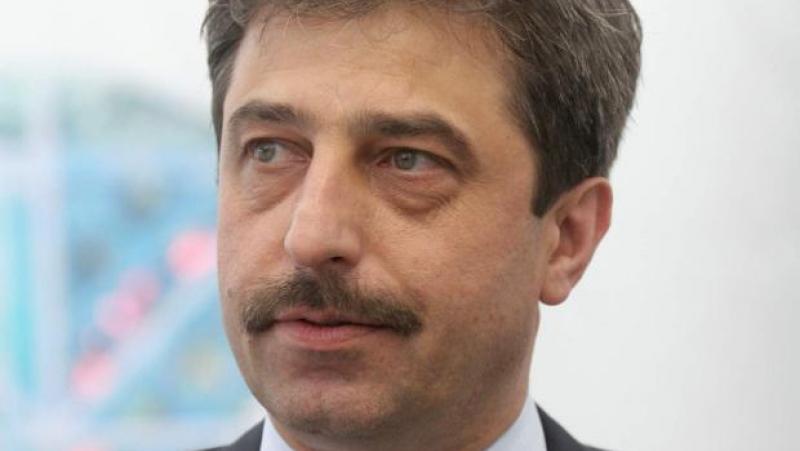AFPOblown signs in St. Petersburg due to Hurricane Milton
NOS News•today, 11:21•Changed today, 18:10
Hurricane Milton has left a trail of destruction in the US state of Florida. At least four deaths were caused by tornadoes and in many communities emergency services are busy dealing with the nuisance caused by strong winds, storm surge and persistent rainfall.
The four deaths occurred in the eastern Florida community of St. Lucie. Earlier there were reports that a tornado had destroyed a residential care complex for the elderly here, which was located in mobile homes.
Despite the destruction, Florida’s governor says the damage could have been worse. “The storm was significant, but fortunately it was not the worst-case scenario,” Ron DeSantis said. However, he warns that the water levels of the rivers will continue to rise.
There is little insight into exactly how extensive the damage caused by Milton is. According to authorities in Florida, a clear picture will only emerge later today. Nearly three million households and businesses are still without power.
The hurricane made landfall around 2:30 a.m. Dutch time in Siesta Key, just south of the city of Tampa in western Florida. Milton was then a category three hurricane, with winds of up to 200 kilometers per hour.
Damage
High winds caused several construction cranes in Tampa to collapse. In nearby St. Petersburg, the roof of the Tampa Bay Rays baseball stadium was severely damaged by high winds.
More than eight hours later, Milton left the state near Cape Canaveral, in the eastern part of the state, where the famous space mission launch site is located.
The devastation in Tampa and Venice:
American takes damage from Milton: ‘Never seen anything like this’
Over land, Milton quickly weakened into a category one hurricane, with wind gusts of more than 150 kilometers per hour. The threat of casualties and damage from flooding remained high due to persistent heavy rainfall and storm surge.
In addition, there was a lot of nuisance from tornadoes. At least 27 tornadoes were reported in Florida in the past 24 hours, according to the National Weather Service. A total of 125 tornado warnings have been issued. That is a record for the state and significantly more than the previous high in 2017 with 69 warnings during Hurricane Irma.
Weatherman Marco Verhoef about hurricanes and tornadoes:
Weatherman Marco Verhoef explains that the many tornadoes that accompanied Milton’s landfall in Florida were “not entirely unusual.” “Such a hurricane is actually a cluster of a lot of showers together. The air at the top is very cold and the air at the ground is very warm. There is a lot of moisture, so there is a lot of energy.
Then heavy thunderstorms can easily form that spin around the core of the hurricane. And in such a heavy thunderstorm, a tornado is not very unusual. Unlike a hurricane, you never know exactly where a tornado will come, which makes it more difficult to warn in advance.”
Although Milton has now passed through Florida, the situation in the affected areas remains dangerous, emphasizes Deanne Criswell, the head of the American disaster relief organization FEMA.
It was expected in advance that Milton would bring about 250 to 400 millimeters of precipitation. For comparison: the Netherlands receives approximately 900 millimeters of precipitation in an entire year. In addition, Florida is relatively flat, making it more vulnerable to flooding.
A fallen crane, cars in trees and evacuations:
Florida wakes up to the devastation of Hurricane Milton
“Continued rainfall and the threat of flooding are not reducing the danger,” Criswell told the BBC. She urged people not to go out. Criswell also said that more than 70,000 people have spent the night in government shelters.
Florida and surrounding states are still recovering from Hurricane Helene, which hit the area just two weeks ago. It claimed the lives of at least 230 people.


